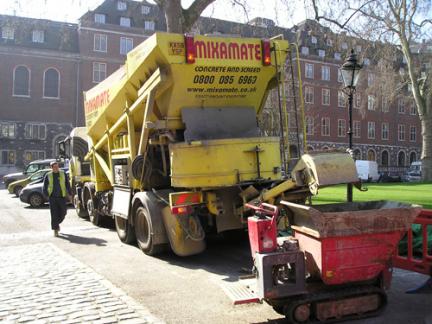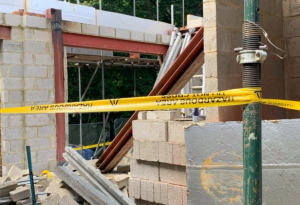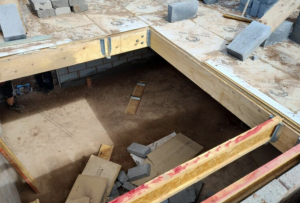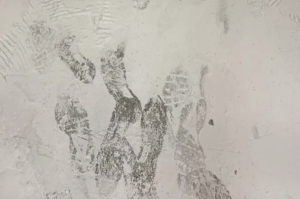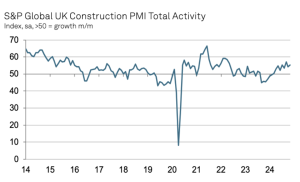Concrete lorry’s use sock to stop waste
This post has already been read 1776 times!
In 2010 Interserve commenced a trial of zero concrete washout on its Drift Water Treatment Works GAC project for South West Water. The proximity of a local watercourse prompted concerns about the pollution risk from high pH water associated with traditional concrete washout skips on site, as well as the costs associated with establishing and maintaining washout facilities and waste disposal. Alternatives, such as pH treatment units were investigated, but costs proved to be prohibitive.
A new way of working with concrte sock
Interserve teamed up with concrete supplier Bardons and Concretesock® to establish a zero washout policy on site. Use of the Concretesock® over the chutes of concrete trucks prevents loose concrete dropping onto public highways or site haul roads. Instead of operating traditional on-site washout facilities, Concretesock® was fitted after washing the back blades into the truck mixer and the concrete trucks returned to the batching plant for washing out. This approach enabled the recycling all of residual aggregates and use of recycled water to clean the chutes. Most importantly, the process eliminated the need for costly and high pollution risk concrete washout facilities on site.
Building on success to save money
Interserve has since rolled out its zero concrete washout approach, using the Concretesock® across the South West Water framework, on projects including Fraddon STW, Restormel WTW GAC and Wendron WTW. The Concretesock® has also been the subject of an Environment Agency Innovation Briefing Note, following its use on Interserve’s Shaldon & Ringmore Tidal Defence Scheme under the Environment Agency’s NCF2 framework. We are liaising with our key concrete suppliers to implement a zero washout policy on our projects nationwide.
On our recently completed Lostwithiel STW Storm Tank project, we took delivery of 3,748m3 of concrete. The zero washout policy resulted in saved money and time

